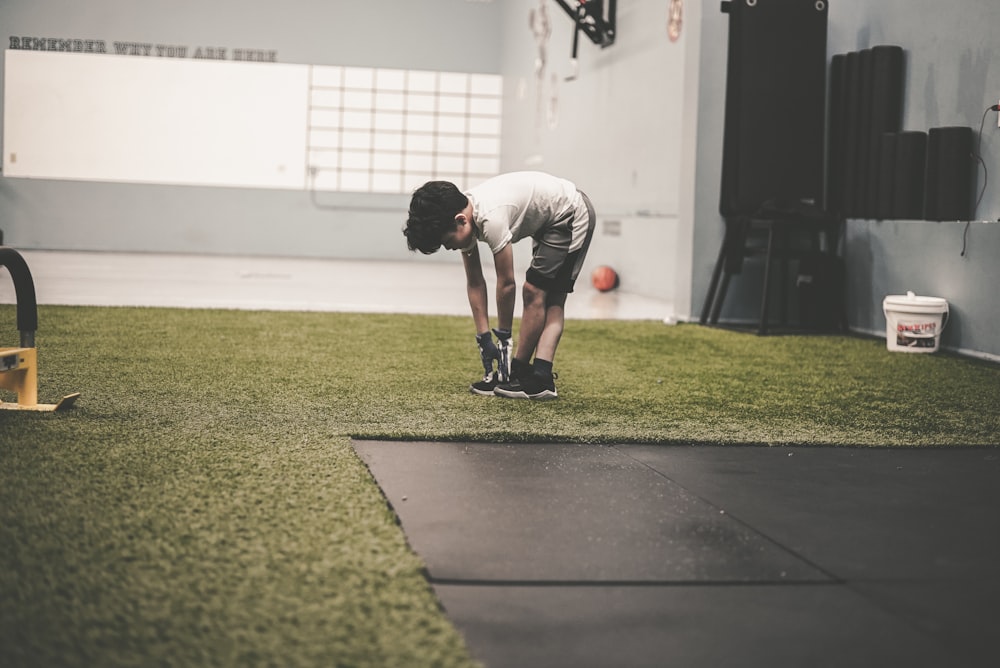Table Of Contents
How Preschool Education Will Look in the Future?
Last Updated on: November 16th, 2024
The world is constantly adopting new practices to keep up with the ever-changing needs of pre-school kids. If you’re a teacher, parent, or somebody interested in young learners’ education, you need to watch these changes to know how the future will nurture them.
Many studies show that many trends are likely to impact the way kids will learn. Although some are already present with us, they may be further developed to cover the growing needs of students and combat weaknesses in the pre-school education sector. So, if you want to know how pre-school Singapore education will look in the future, sit back, relax, and continue reading.
Integration of AI in Learning

Technology has significantly helped pre-school kids to acquire knowledge and skills. Today, learners don’t have to rely on textbooks or other classroom materials because they can access several online educational tools through their computers and smartphones.
But with the advent of AI technology, the future of education looks even brighter. This rapidly developing technology has already made an impact on the business world. In pre-school education, it’s likely to be applied in teaching kids how to read and write, especially those with learning difficulties or special needs.
AI can also be used in grading and assessing students’ work since it works with precision and consistency. Some universities are already using this technology in their classrooms, giving students the opportunity for a personalized learning experience.
When students submit work to a lecturer, they use this system to grade their assignments and provide feedback. As technology continues to improve exponentially, it may be quite possible to use robots endowed with intellectual processes to teach preschool kids various skills.
Education through Gaming

Preschool kids love playing games, and they can learn a lot from them. Although there are educational games that teach them about the alphabet, number recognition, shapes, colors, music, and more, in the future, virtual reality games may be added to make learning even better.
Since its inception, virtual reality has been used to create immersive gaming experiences. The technology that powers these games is also being used in various industries, such as medicine. VR has the potential to change the way students learn in many ways. For example, it can enable them to explore complex environments such as museums safely. By using headsets, kids can interact with virtual characters and exhibits while learning about history and science.
They can also take trips to space to visit places such as Mars or the Great Barrier Reef to be a part of these environments and learn about them, step inside a 3D model of the solar system, explore it in 360 degrees, and travel the world to solve global problems. Students can also participate in interactive lectures or try their hand at coding by creating custom avatars. The possibilities are virtually endless with VR education.
It is also possible that VR will be used to teach preschool kids how to read and write like their more advanced counterparts in the future. It will enable them to learn reading and writing skills that they may not be getting from their parents or teachers in the classroom.
It’s predicted that with immersion into an environment where there are lots of words around—on signs and buildings—kids might want to read more because it’s more interesting than just looking at letters on paper all day long. The use of virtual reality could also change how children learn by making literacy fun and accessible when combined with hands-on activities such as going through the alphabet room by room.
More Focus on Physical Fitness Activities

Although some emphasis is being made on kids’ physical fitness, educators haven’t included it adequately into the preschool curriculum. This may be because of the assumption that physical activity and learning are mutually exclusive.
However, many experts agree that incorporating more physical activities into the curriculum would be beneficial for children’s health and promote a healthy lifestyle later on.
It’s also predicted that regular fitness routines may be included in the pre-school curriculum in the future. Kids may be taken through strengthening muscles, increasing endurance and coordination, and improving flexibility and muscle tone.
These factors will contribute to cognitive development and enable young students to think better with greater creativity than their counterparts who don’t exercise regularly.
Innovative preschool centers may also offer their learners training in lifetime sports. Examples of such sports include basketball, soccer, dancing, gymnastics, and hockey. This will enable children to build a strong foundation for later life.
The importance of sports in early childhood education is often overlooked, but there are many benefits that it comes with it. These include improved motor skills and coordination, increased self-esteem through socialization with peers, and reduced obesity rates among children.
The Bottom Line
Preschool education has a brighter future. Many educational experts hint that pre-school education will start to grasp its true potential in the coming years: to provide a more cohesive, fulfilling experience that prepares children for the rest of their education.
Read Also:














